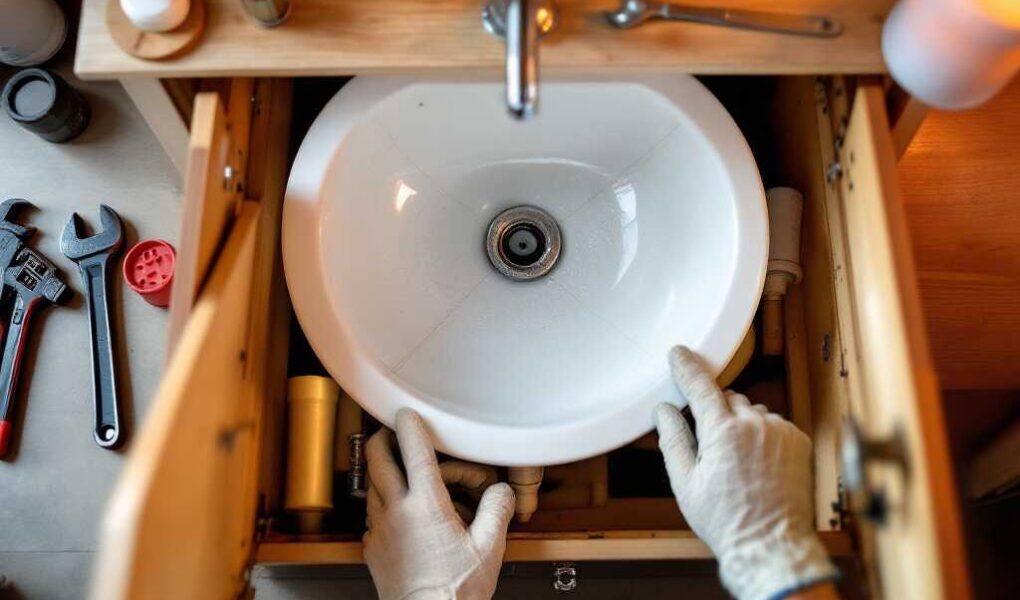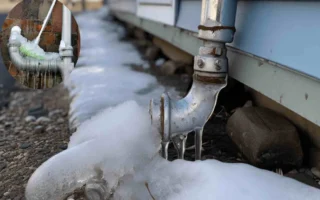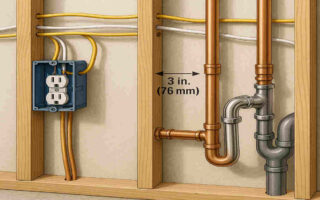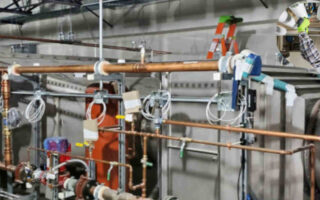Moving a bathroom sink might sound like a complicated task, but with the right approach, it’s entirely doable—even for someone with basic DIY skills. Whether you’re remodeling, optimizing space, or simply upgrading your bathroom, understanding how to move house bathroom sink plumbing is essential.
Understanding the Basics of Bathroom Sink Plumbing
Before diving into the process, it’s crucial to familiarize yourself with the components of bathroom plumbing and the reasons behind moving it.
Key Components of Bathroom Sink Plumbing
Every bathroom sink has a few essential plumbing parts that allow it to function smoothly:
- Supply Lines
- These bring hot and cold water to your faucet. They are typically flexible pipes made of materials like braided steel or PEX.
- Drain Pipe and P-Trap
- The drain pipe removes wastewater, while the U—shaped P—trap prevents sewer gases from entering your home.
- Vent Pipe
- This allows air to flow into the drain, ensuring proper drainage and preventing clogs.
Why Move Your Bathroom Sink Plumbing?
There are several reasons you might need to move your sink:
- Remodeling: Changing the bathroom layout to modernize or expand space.
- New Vanity Installation: Upgrading to a larger or repositioned vanity.
- Space Optimization: Making better use of the bathroom’s limited square footage.
Challenges to Consider
- Plumbing adjustments can be tricky, especially if you’re moving the sink a significant distance.
- Improper installation can lead to leaks, clogs, or even code violations.
- You may encounter obstacles like load-bearing walls, electrical wiring, or floor joists.
Planning Your Project: Key Considerations Before You Start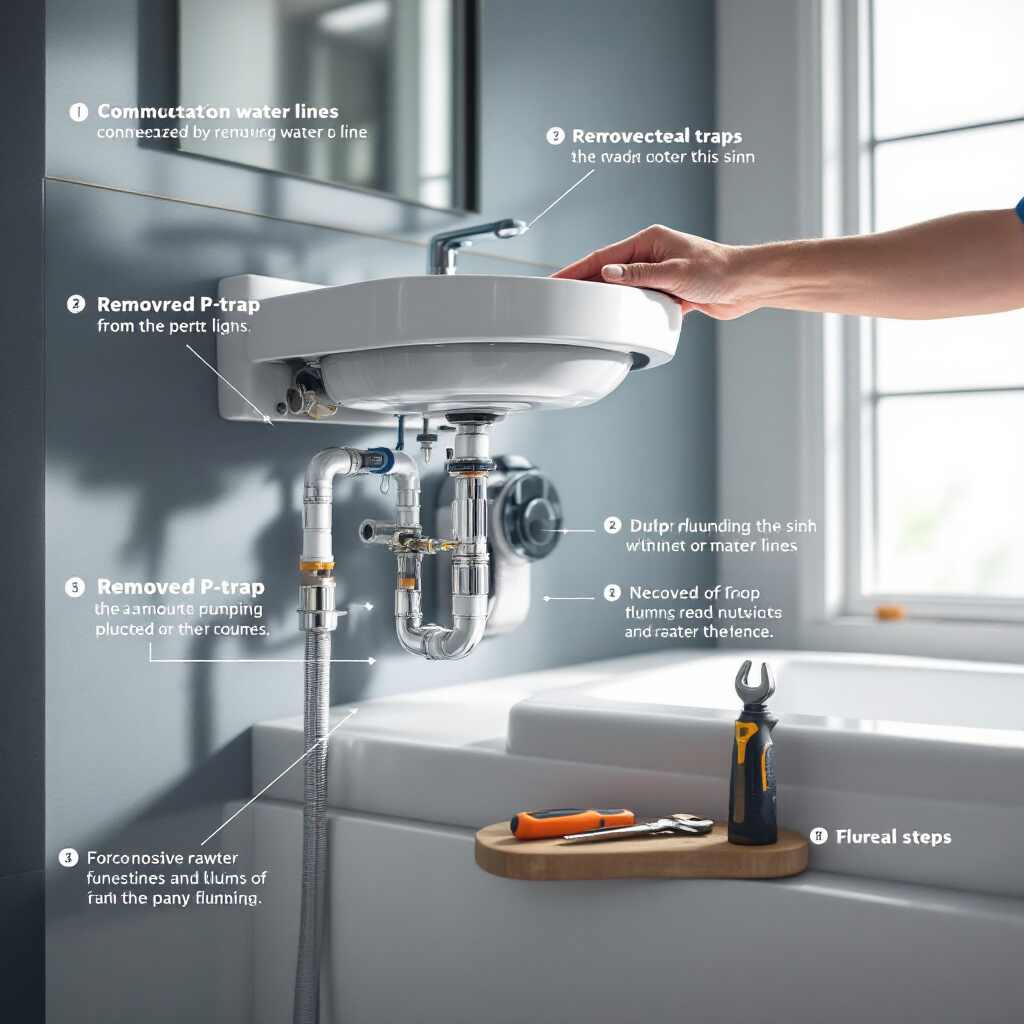
Proper planning is the foundation of a successful plumbing relocation project. Let’s break it down step by step.
You may also read (clean my water pipes)
Assess Your Current Plumbing Layout
Examine the plumbing setup to understand how water supply lines and drains are connected. Take note of nearby walls, cabinets, and fixtures.
Determine the New Sink Location
The new location should be practical and accessible. Keep proximity to existing plumbing in mind, as moving the sink farther away increases complexity and costs.
Check Building Codes and Permit Requirements
Plumbing work often requires adherence to local building codes. Research whether you need a permit to relocate your bathroom sink.
Identify Obstacles
Check for load-bearing walls, electrical wiring, or other structural elements that might interfere with the relocation. You may need to reroute pipes through walls or flooring.
Gather Tools and Materials
Here’s a checklist of essential tools:
- Pipe wrench
- Hacksaw
- PVC pipes and fittings
- Teflon tape
- Solvent cement
- Plumber’s putty
- Measuring tape
Safety Precautions
- Turn off the water supply before starting.
- Wear safety goggles and gloves.
- Have a mop or bucket ready to handle any residual water spills.
Step-by-Step Guide: How to Move House Bathroom Sink Plumbing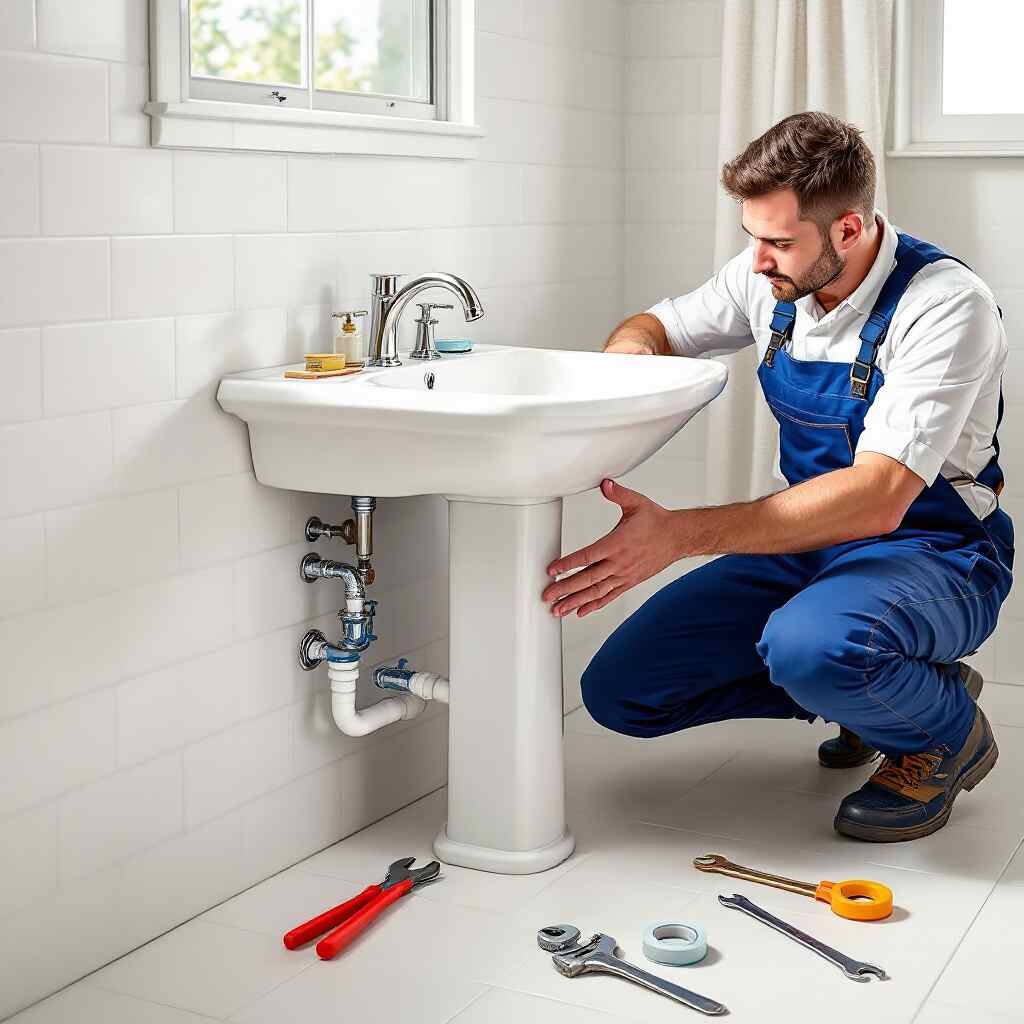
Follow these steps to move your bathroom sink plumbing successfully:
Preparation and Shut-Off
- Turn Off the Water Supply: Shut off the main water supply and open the faucet to drain any remaining water.
- Clear the Work Area: Remove items under the sink and protect nearby surfaces with drop cloths.
- Gather Tools and Materials: Double-check that you have everything on hand before starting.
Measuring and Marking the New Location
- Use a measuring tape to determine the exact distance to relocate the sink.
- Mark the new position for the supply lines, drain, and vent pipes on the wall or floor.
- Double-check your measurements to avoid costly mistakes.
Disconnecting the Existing Plumbing
- Carefully disconnect the water supply lines and unscrew the P-trap from the drain pipe.
- Remove the old sink and vanity if necessary.
- Be prepared to handle any residual water to keep the area clean.
Adjusting or Rerouting Pipes
- For Minor Moves (Under 2 Inches):
- Use flexible extensions to reposition the P-trap and supply lines.
- For Moderate Moves (2–4 Inches):
- Cut and reroute PVC pipes using a hacksaw and solvent cement.
- For Major Moves:
- Access walls or floors to reroute pipes over long distances.
- Ensure proper venting and maintain the drain’s slope (1/4 inch per foot).
Installing New Connections
- Attach the new pipes and fittings securely using Teflon tape to create watertight seals.
- Connect the new drain and supply lines to the sink.
Testing and Inspecting the New Plumbing
- Turn the water supply back on and check for leaks.
- Test the drainage system to ensure proper flow and slope.
- Fix any issues before completing the project.
Tips for a Successful Bathroom Sink Plumbing Relocation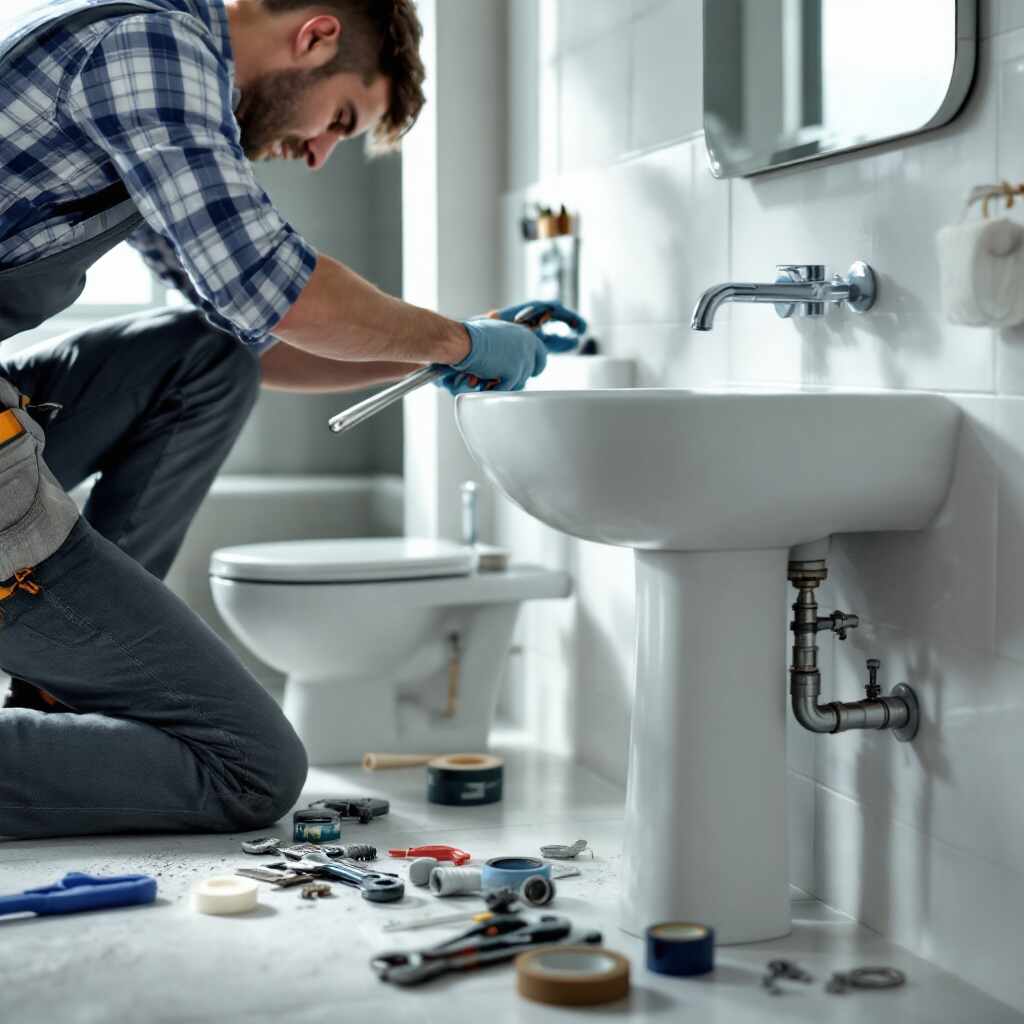
Here are some additional tips to ensure success:
- Double-Check Measurements: Accuracy is crucial for avoiding rework.
- Use High-Quality Materials: Investing in durable pipes and fittings can save you time and money in the long run.
- Leave Access Panels: These make future maintenance easier.
- Avoid Common Mistakes: Don’t over-tighten fittings, ignore local codes, or overlook proper drainage slopes.
Troubleshooting: Common Problems and Solutions
ProblemSolution
Leaks at Connections: Tighten fittings or apply more Teflon tape.
Slow Drainage Check for proper slope or blockages.
Unexpected Obstacles: Reroute pipes around wiring or studs.
Improper Water Pressure Inspect supply lines for kinks or damage.
You may also read (drawing a free plumbing riser diagram for a house)

